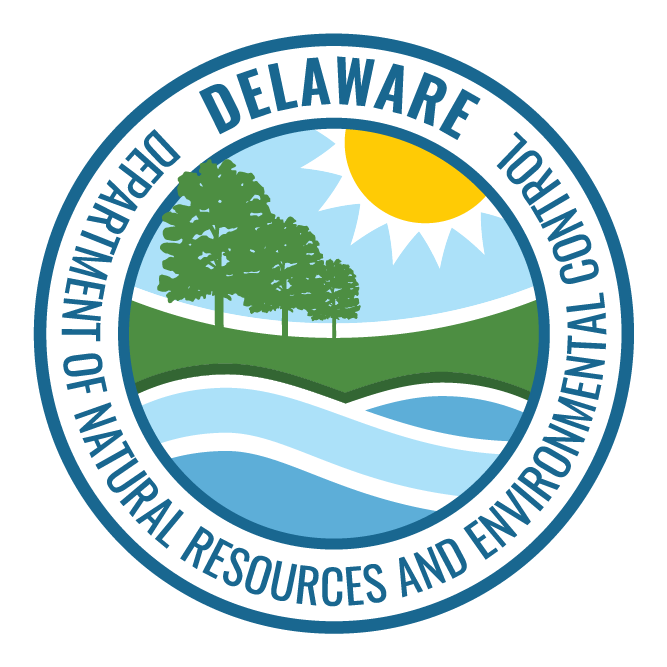Pages Tagged With: "conservation"
Plants and Plant Communities
Delaware has more than 1,600 species of native plants. More than a quarter of them are rare and can be found in more than 100 different terrestrial and wetland habitat types. Related Documents Status Ranking Criteria Rare Plants of Delaware Native Indigenous TreesBecome a Shorebird Project Volunteer
Spring brings the shorebird migration season. DNREC’s Delaware Shorebird Project needs experienced and dedicated volunteers for the field season each spring. To apply, please fill out the Volunteer Information Form. New applicants should include a letter of interest briefly describing their experience and what they hope to gain by volunteering.Federal Funding for Fish and Wildlife
The DNREC Division of Fish and Wildlife uses a combination of federal funds and revenue from recreational licenses and permits to fund wildlife conservation, habitat restoration, public access, hunting, fishing and other services. Delaware receives federal funds from the Wildlife Restoration Act, the Sport Fish Restoration Act, and State Wildlife Grants to support wildlifeDelaware Bay Ecology
The Delaware Bay is extraordinarily rich in biological resources. The beaches, mudflats, and marshes that line Delaware Bay provide abundant food and habitat for many species. The Delaware Bay Supports a variety of species. As many as 30 species of shorebirds visit the Delaware Bay in May. The majority arePiping Plovers
Dwindling populations have landed the Piping Plovers on the federal Endangered Species List. DNREC’s Beach-Nesting Bird Program monitors these beach-nesting birds, provides habitat protection and educates the beach-going public. Piping plovers are small sand-colored shorebirds that nest and feed on the beach. They begin arriving and nesting onShorebird Research and Monitoring
Each May, DNREC’s Delaware Shorebird Project carries out its research objectives during the shorebirds’ stopover in the Bay. The brief field season brings long, but rewarding, days on the coast. A Tradition of Research and Partnership Each year, flocks of shorebirds are carefully counted and individually markedOsprey Monitoring and Management
Delaware’s osprey population is one of the state’s greatest conservation success stories. From the days of DDT and the collapse of many raptor populations, including bald eagles and peregrine falcons, osprey in Delaware have rebounded and the population continues to grow state-wide.Contact Us
The Delaware Shorebird Project
Shorebirds are an important part of the ecology of Delaware’s shorelines. But they are under threat; populations are declining. DNREC’s Delaware Shorebird Project works to mitigate that threat, through research and monitoring, habitat protection, and management planning. The Shorebird Project team has conducted research and monitoring since 1997. They haveDo-it-Yourself Phragmites Control Tips
The Division of Fish and Wildlife offers a phragmites control cost-share program to help landowners control larger stands of phragmites. There are steps landowners can take themselves to control smaller areas of phragmites. Herbicides That Can be Used Sources for Aquatic GlyphosateCost Share Program Questions and Answers
A list of frequently asked questions, and answers, about the phragmites control cost-share program offered by the Division of Fish and Wildlife.Contact Us
James Joachimowski Impoundment/Habitat Biologist 302-725-3638
Operation Terrapin Rescue at Port Mahon
Operation Terrapin Rescue is a volunteer program to help Diamondback terrapins move safely between the Delaware Bay and their nesting sites near Port Mahon. It also collects accurate and valuable data on the terrapins’ movements.Contact Us
Environmental Reviews
The Species Conservation and Research Program (SCRP) continuously updates information on rare plant and animal species and vegetation communities in Delaware. The SCRP is the state’s most comprehensive, centralized source of information on rare plants, animals, and vegetation communities.Contact Us
Delmarva Fox Squirrel Conservation
The DNREC Division of Fish and Wildlife is implementing a conservation plan for the Delmarva fox squirrel. This sub-species of the fox squirrel, found only on the Delmarva Peninsula, is rare in Delaware. As part of the conservation plan, DNREC has begun a project to move squirrels from Maryland into southern Delaware.Delaware’s Endangered Species
Native wildlife species that are in danger of becoming extinct in Delaware may be listed as Endangered by the Division of Fish and Wildlife. To help prevent species from becoming endangered, Delaware currently has a Wildlife Action Plan in place for restoring and maintaining important habitats and dwindling populations of the state’s wildlife species.Facts About Phragmites
Phragmites has been present in Delaware’s marshes for a long time. In fact, research shows that Phragmites (Phragmites australis) has been a part of the wetland ecosystem of North America for over 11,000 years. However, in the 1950s, Phragmites was identified as problematic in North American wetlands as a non-native European hybrid began to wreakPrivate Lands Assistance
Delaware is a biologically diverse state with hardwood forests, swamps and coastal marshes that support over 400 species of mammals, birds, reptiles and amphibians. Despite significant strides in conservation, much of the wildlife habitat in Delaware remains isolated, degraded and unprotected as more land is converted to urban, commercial and industrial uses. [column md=”5″Conservation Programs
The DNREC Division of Fish and Wildlife manages approximately 68,000 acres of Delaware land at 19 public wildlife areas that provide hunting and wildlife opportunities as well as habitat for a variety of species. The Division implements important wildlife and habitat conservation and education initiatives, like the Natural Heritage and Endangered Species Program and theWatershed Stewardship Contacts
Steve Williams, Director 285 Beiser Blvd., Suite 102 Dover, DE 19904 302-739-9921
Watershed Assessment and Management 302-739-9939 Shoreline and Waterway Management 302-608-5500 Conservation Programs 302-608-5458 



